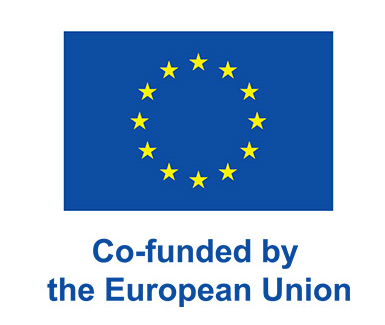Study trip for students "Cultural trauma and politics of memory"
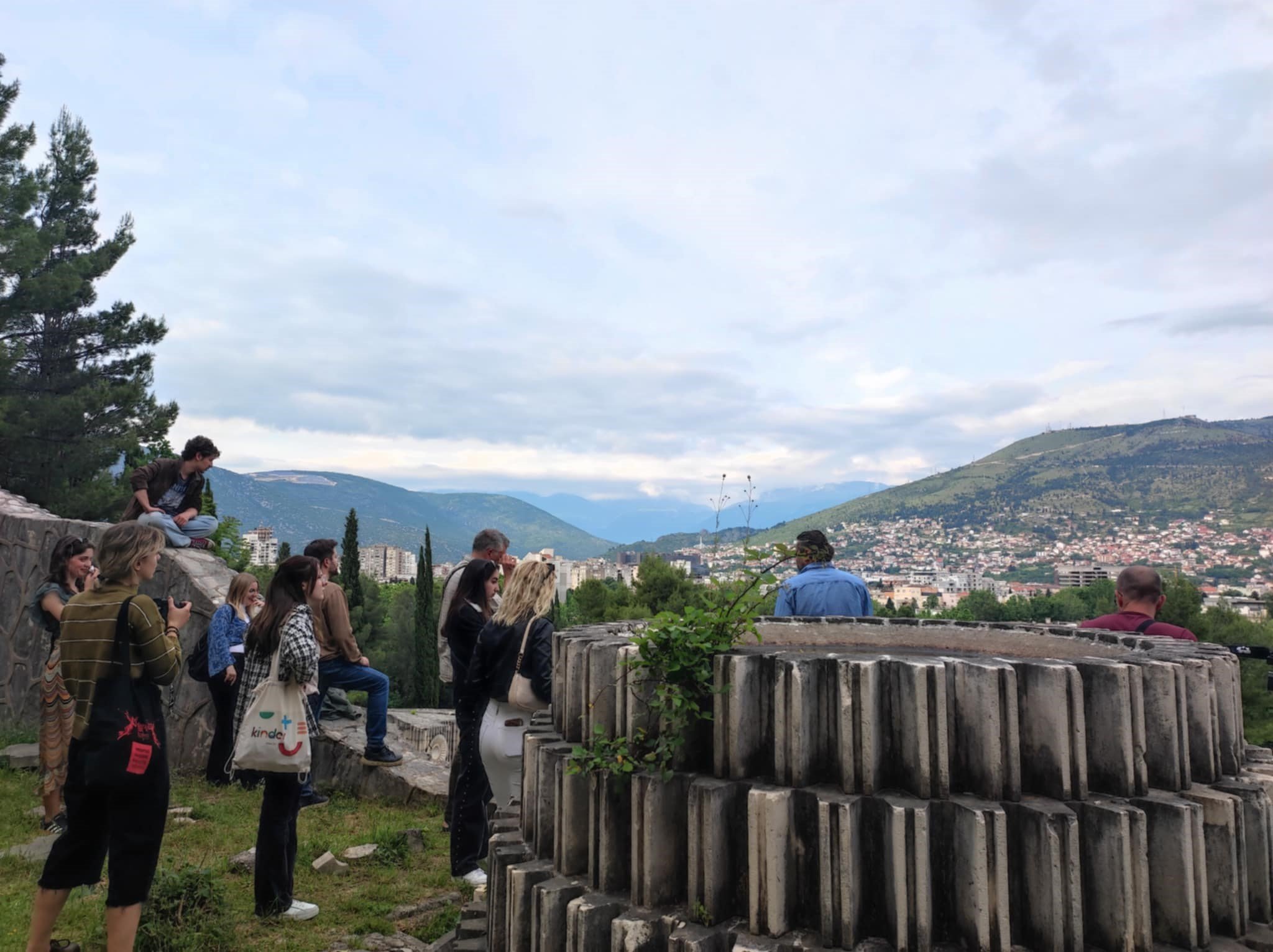
The study trip “Cultural trauma and politics of memory” took place from May 11th to May 18th, 2025. The program engaged 40 students of the Faculties of Political Science, History, and Anthropology and Ethnology of the University of Zagreb in exploration of historical locations in Croatia and Bosnia and Herzegovina connected with war trauma. Through an interdisciplinary approach that includes non-formal and formal methods of learning, the students learnt more about WWII and the wars of the 1990s in the region.
The focus of the study visit was on genocides and crimes committed during WWII and their remembrance in the past and today, abandoned and marginalized cultural heritage from the Yugoslav period, and mass crimes and violences committed during the wars in the 1990s, and their consequences on today’s relations among the countries of former Yugoslavia. These historical periods were approached through the perspectives of micro-locations, personal stories, and cultural heritage.
Glina, Vrginmost, 11.05.
The first day of the visit, the students started by bus from Zagreb to Glina. At the Serbian cultural center in Glina, they met with Igor Mrkalj, historian and researcher, who introduced them to the history of the city in WWII, focusing on the crimes committed against the Serbian community of Glina.
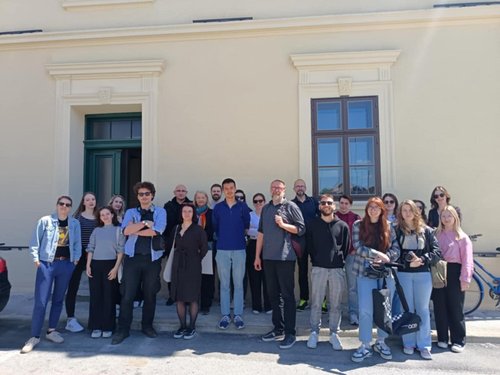
After that, the students reached the town of Gvozd/Vrginmost, where they met with the founders of the civic society organization Suncokret/Sunflower. They discussed their work with young people and volunteers, focusing on the difficult situation of the town, whose inhabitants went through traumatic events and violences, connected to WWII, the war in the 1990s, and more recently the earthquakes in Croatia, which also contributed to the re-traumatization of this rural and poorer area.
Jasenovac, Stara Gradiška, Borovo Selo, 12.05.
In the morning, the students visited the Jasenovac memorial site. Remembering the former concentration camp, built by the Ustaša forces at the beginning of WWII, the memorial today aims to remember the camp’s victims, mostly Serbs, Jews, Roma, and antifascists. From the perspective of cultural heritage, this memorial is peculiar as the architect, Bogdan Bogdanović, took the decision to not reconstruct the former camp, as the existing barracks were destroyed by the Ustaša at the end of the war, but to create a symbolic space, where the former buildings are presented in the landscape through mounds and holes. The famous flower sculpture is also a symbolic element.
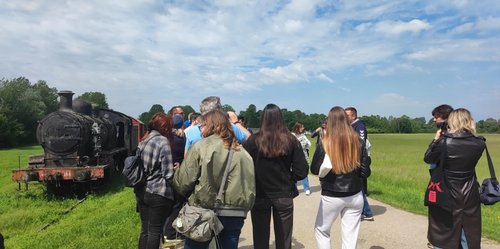
After the visit to Jasenovac memorial, the group visited Stara Gradiška. About 30 km from Jasenovac, Stara Gradiška is part of the memorial, but its status is much different from the main complex, as the place is mostly forgotten and abandoned, despite its historical significance. A place of prison, internment and detention for almost two centuries, Stara Gradiška was used as a concentration camp during WWII, mostly for Serbian women and children, communists and antifascists.
On the same day, the students visited Borovo naselje, near Vukovar, an important workers’ neighborhood before the war in the 1990s, as it hosts the premises of the Borovo factory. The prof. Nebojša Blanuša from the Faculty of Political Science, born in Borovo naselje, guided the students though the location, and gave them insights on the everyday life of the neighborhood and its inhabitants before and after the war.
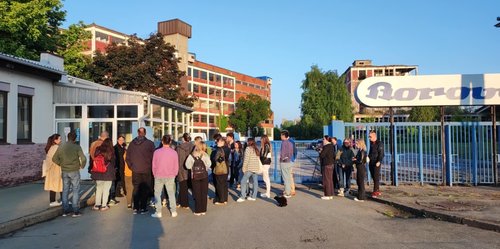
Vukovar, 13.05.
On May 13, the students participated in a workshop organized by young members and activists of the civic society organization STAN, from Ukraine. After discussing in the group how they define peace, the students had the task to agree with the group which elements in their opinion are the most important for reaching and keeping peace.
After the workshop, the students met with Veselinka Kastratović, member of Documenta and human rights lawyer who, since the 1990s, followed juridical cases connected to the wars in the 1990s. Veselinka gilded the students first to the river Dunav, in the symbolical place where the Serbian population remembers its victims and the ones who disappeared during the conflict.
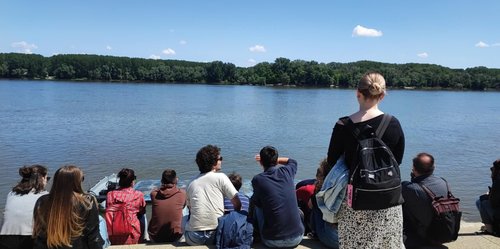
The students then visited Ovčara, where Croatian prisoners of war and civilians from the Vukovar hospital were executed by Serbian paramilitary units after the fall of the city of Vukovar in November 1991. In her narration of the events, Veselinka focused on the personal stories of the people and families involved.
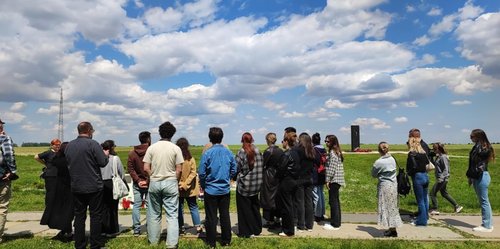
In the afternoon, the program included a visit to the Vučedol Culture Museum and Archaeological Site, dedicated to one of the Vučedol culture, one of the earliest Neolithic Indo-European cultures along the Danube basin. The visit was important to include the city of Vukovar in a larger historical context, as a place that existed before and after the war of the 1990s.
The students also visited the memorial park Dudik. Built in 1980 by Bogdan Bogdanović, the memorial marks the location of an execution place and mass grave from WWII, when around 400 communists, antifascists, Serbs, and Jews were killed in this place by the Ustaša government, in August 1941.
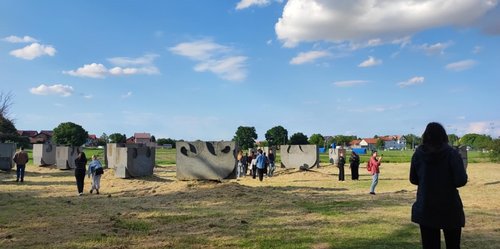
Tuzla, 14.05.
On May 14, the students traveled to Tuzla, in Bosnia and Herzegovina. In the morning, they visited the International commission on missing persons (ICMP). With the forensic anthropolog Dragana Vučetić, they discussed the work of the center which, since 1999, leads the process of identification of victims of the 1990s wars, and in particular of Srebrenica genocide.
The students then visited the Memorial Center Kapija. The students visited the memorial room, dedicated to the events of 25th of May 1995, when Serbian paramilitary launched a grenade in the center of the city, killing young people gathering there, in spite of their nationality. The representatives of the center recognized that this action was a direct attack on the multiethnic and multicultural spirit of the town. After visiting the memorial, the students walked in the city center, and visited the memorial placed at the location of the attack.
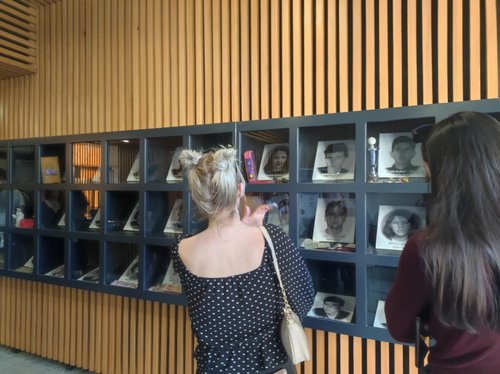
Jablanica, Mostar, 15.05.
The students visited the Museum “The Battle for the Wounded on the Neretva River“ in Jablanica, a historical museum dedicated to preserving the memory of the anti-fascist battle of the Neretva. In the battle, partisan units successfully brought their wounded and ill fighters from one end of the bridge to the other, while attacked by Nazi soldiers, and then exploded the bridge, cutting the connections and escaping from the enemies.
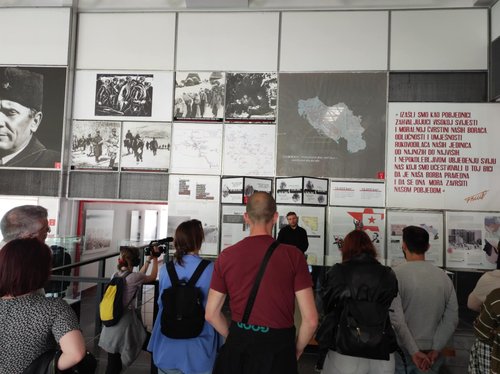
In Mostar, the participants visited the Partisan cemetery, also created by Bogdan Bogdanović. Aiming to represent a copy of Mostar’s old town, the memorial place once had functioning fountains with water, symbolizing the river Neretva. The architect decided to not include any political symbol in the memorial, but only the names of around 670 victims, who lost their life in combating Fascism during WWII. Bogadnović designed the memorial to be a location where young people can gather to spend time, drink, and socialize. Because of its symbolism and connection to Yugoslav ideals, the memorial is systematically attacked and destroyed. Lastly, in 2023, an organized action destroyed all the plaques that held the names of the victims, aiming to remove any trace of antifascist memory from the history of the city.
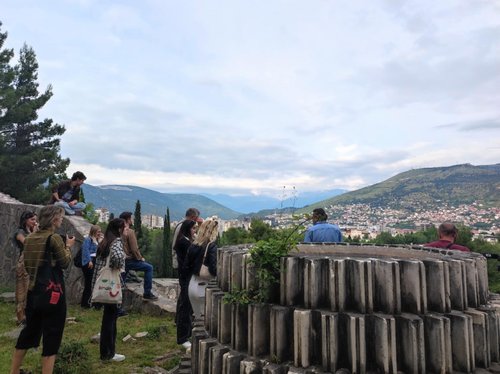
Dubrovnik, 16-18.05.
The study visit ended in Dubrovnik, where the students had time for reflections, discussions, and evaluation of the visit. They summarized the discussions they had in smaller reflection groups that were organized every evening, focusing on open questions and the most relevant parts of their exchanges. Finally, they opened the “Green box”, which was used during the trip as a container for all the thoughts they did not want to share with the group, but anonymously by writing.
The study trip is organized in the scope of the Creative Europe project "Responding to trauma and to cultural heritage destruction".
Funded by the European Union. Views and opinions expressed are however those of the author(s) only and do not necessarily reflect those of the European Union or the European Education and Culture Executive Agency (EACEA). Neither the European Union nor EACEA can be held responsible for them.
